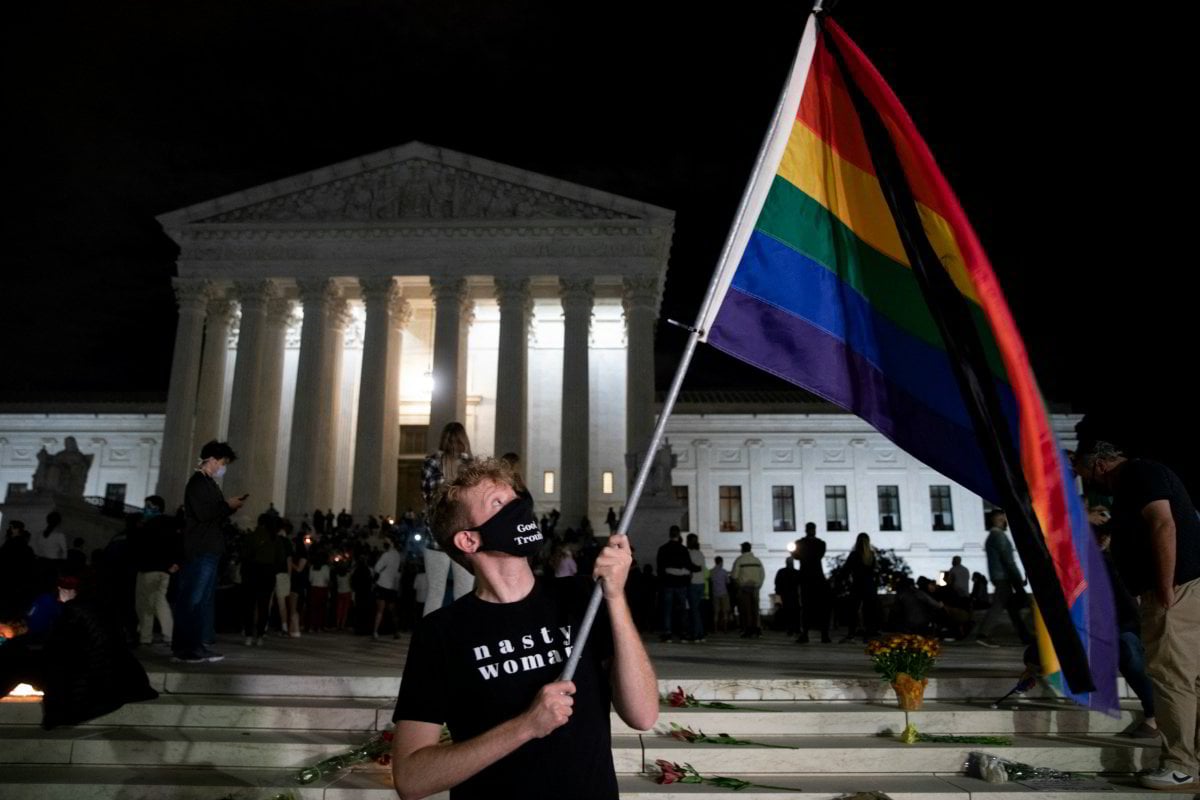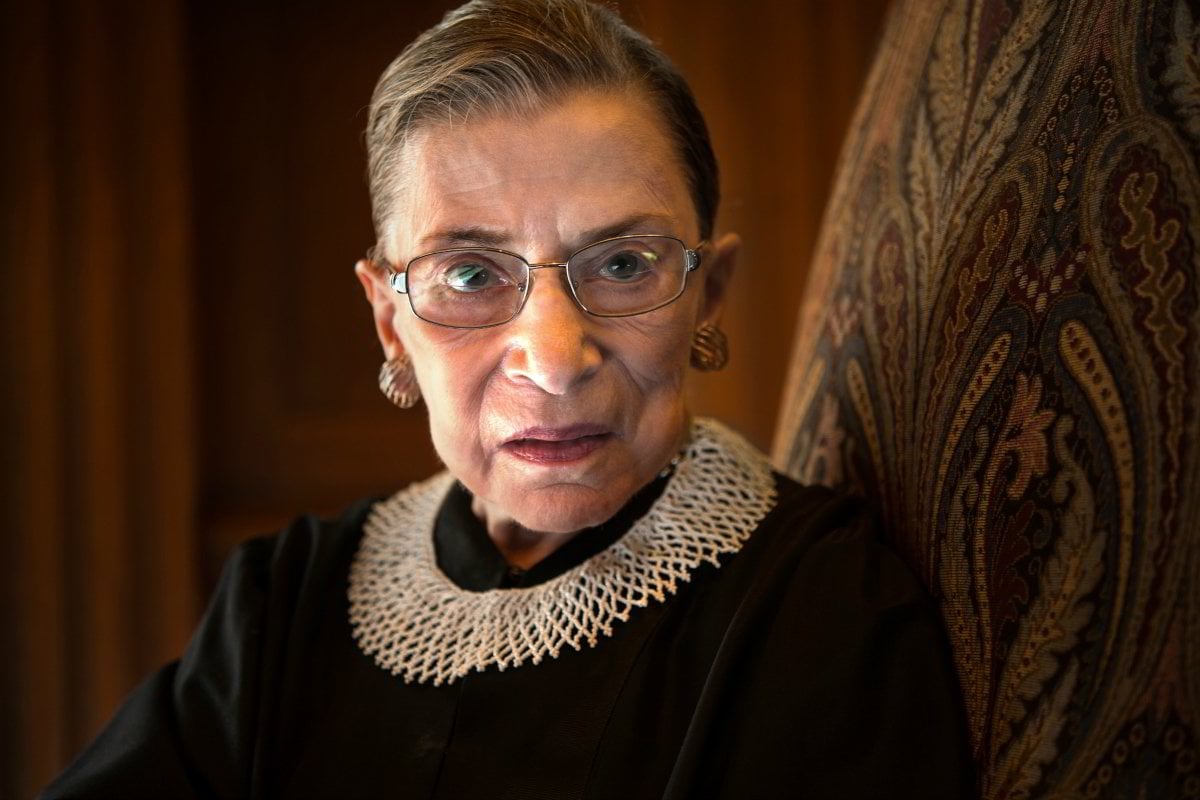
US Supreme Court justice Ruth Bader Ginsburg was a giant. A brilliant legal mind, a champion of gender equality, a cultural icon.
The 87-year-old's death overnight of cancer has seen news outlets stacked with tributes and social media inundated with messages of mourning.
But as admirers lay wreaths and light candles on the steps of the US Supreme Court, roughly three kilometres away, in the bowels of the White House, plans are already being hatched for her replacement.
Who fills the seat, and when, not only has the power to influence the upcoming election but to shape the United States on key issues for decades to come.
Let's take a look at why.
The US Supreme Court: a super simple guide.
The Supreme Court is the highest court in the United States; essentially, the equivalent of the High Court here in Australia.
As well as being the final stop for Americans seeking justice, the court also has a crucial authority to strike down state laws that are found to be in violation of the US Constitution. In this capacity it has ruled on hugely consequential issues like abortion, same-sex marriage and universal healthcare.
The Supreme Court bench consists of one Chief Justice and eight Associate Justices. That number has varied throughout history (Congress has the power to pass laws changing it), but it's been fixed at nine since 1869.
When a seat becomes vacant, a replacement is appointed by the US President. That nominee must then be confirmed by Senate vote following a series of hearings. In the case of President Trump's most recent pick, Justice Brett Kavanaugh, that process took three months.
Once a justice is confirmed, they hold the position for life (or as long as they choose). That's partly why the opportunity to fill a vacant seat presents such a significant opportunity for a sitting government.


Top Comments
It's also not like normal jobs, people can't just go and apply. The constitution doesn't even specify that they need to have qualifications in law, nor does it specify age, it's up to the President to nominate someone and they are confirmed by the senate. I don't think RBG not retiring really impacted the employment prospects of too many people.